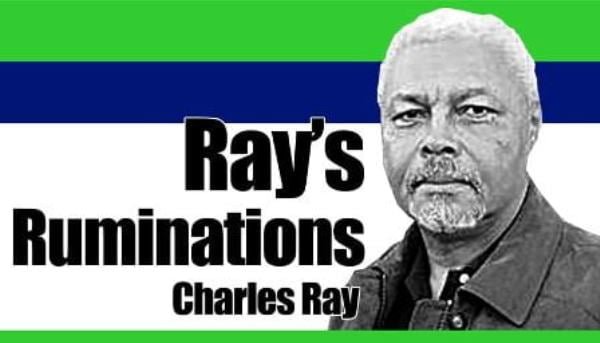
Have you ever met someone who has an infant with them and you can’t tell whether the baby’s a boy or a girl? Some folks help out by dressing the child in what they believe are gender-designating colors; blue for boys and pink for girls. Of course, you always have the contrarians who do just the opposite and who think they’re making a social statement on the stupidity of hard and fast gender roles.
Little do they know that by dressing their boy baby in pink they’re conforming to the generally accepted rule in the United States until 1918—after World War I—that pink was the color for boys and blue was for girls. Prior to 1918, babies were generally dressed in white, and if you wanted to know the gender you asked. The white gowns that babies were dressed in allowed ease of access for changing diapers and could be bleached for long use. Up to about the age of six, clothing for children was pretty much unisex, allowing families to use the same clothing for subsequent arrivals.
In summer 1918, Ladies’ Home Journal ran an article declaring that the ‘generally accepted rule is pink for the boys, and blue for the girls.’ This was because at that time pink, which is associated with red, was a martial color considered too harsh for girls, who were assigned a color related to sky and daylight as well as peace and serenity.
I can’t find anything to prove it but it’s commonly believed that this color for a specific gender idea came from manufacturers and retailers of clothing who realized that if this caught on they could double their sales. By 1927, department stores were all over this idea and Time magazine even published a chart showing gender-appropriate colors—and parents were told to dress boys in pink. Most stores went with this.
Then, in 1940, the clothing manufacturers changed direction and began pushing blue for boys and pink for girls. No one can say for sure why the change happened, but one story that, because it is so out-there, makes perfect sense. In the 1940s, Henry Huntington, an American millionaire, bought two paintings that were widely publicized in the media. One was ‘The Blue Boy,’ showing a boy dressed in blue, and the other was ‘Pinkie,’ which portrayed a girl attired in pink. People, the mindless, easily manipulated organisms they are, began to think that for hundreds of years, blue had been a boy’s color and pink had been the color for girls. Total nonsense. In the 18th century, boys and men wore blue and pink in equal measure, as did women and little girls.
Whatever the reason, it became imbedded in the culture. If as a man you wanted to raise eyebrows during the 60s and 70s when I came of age, wear a pink shirt or tie, or—heaven forbid—pink trousers. Then, the women’s liberation movement came along and men wearing pink became a socio-political statement. It was a way for a man to show that he’s a feminist or is not tied down by gender-roles.
I have to confess that I’ve not been comfortable with the idea of wearing a pink shirt, but I have worn a pink tie and found that it went quite well with my blue shirt. Now, well into the seventh decade of my life, I think I could probably wear a pink shirt and not give it a thought. I think, though, I’m in the minority of men of my generation. Old habits and beliefs don’t change easily.
But, change is coming. It will be slow, but it will come. The youngsters of today don’t seem to care a fig about what colors they wear.
As for knowing whether someone’s baby is a boy or a girl; what’s wrong with asking? – NWI




